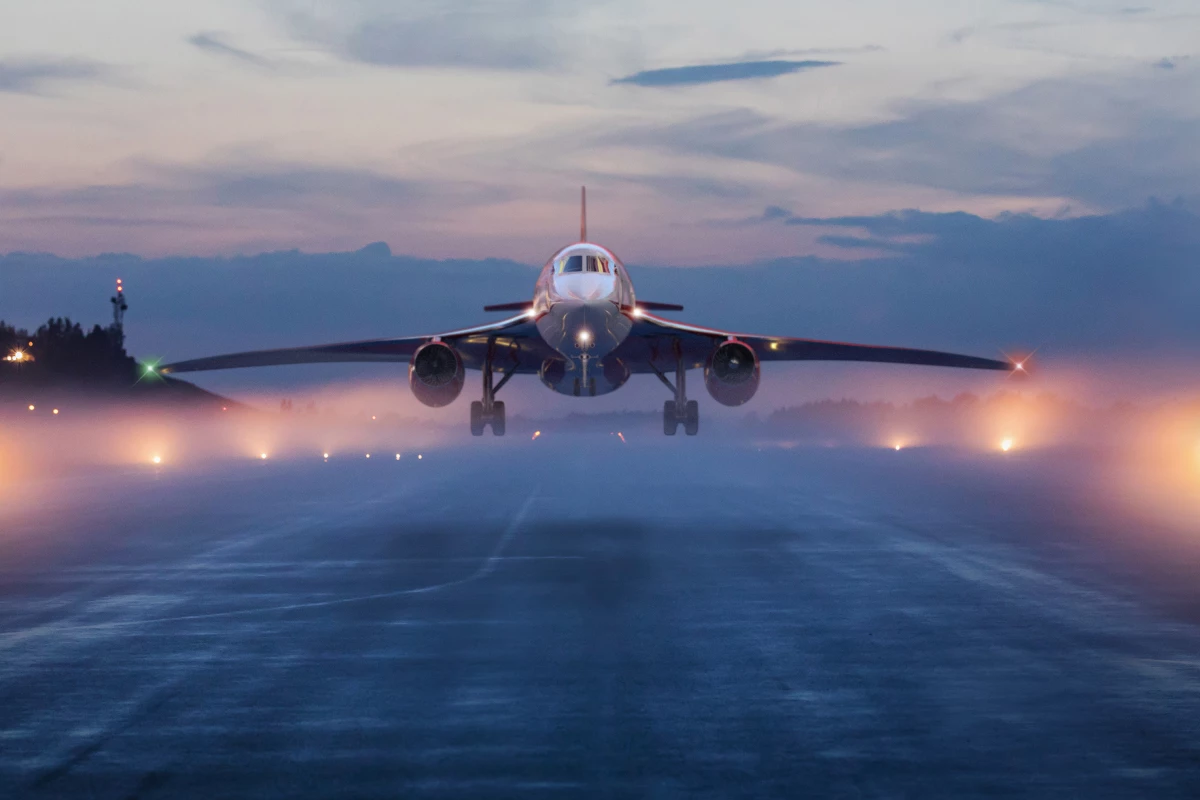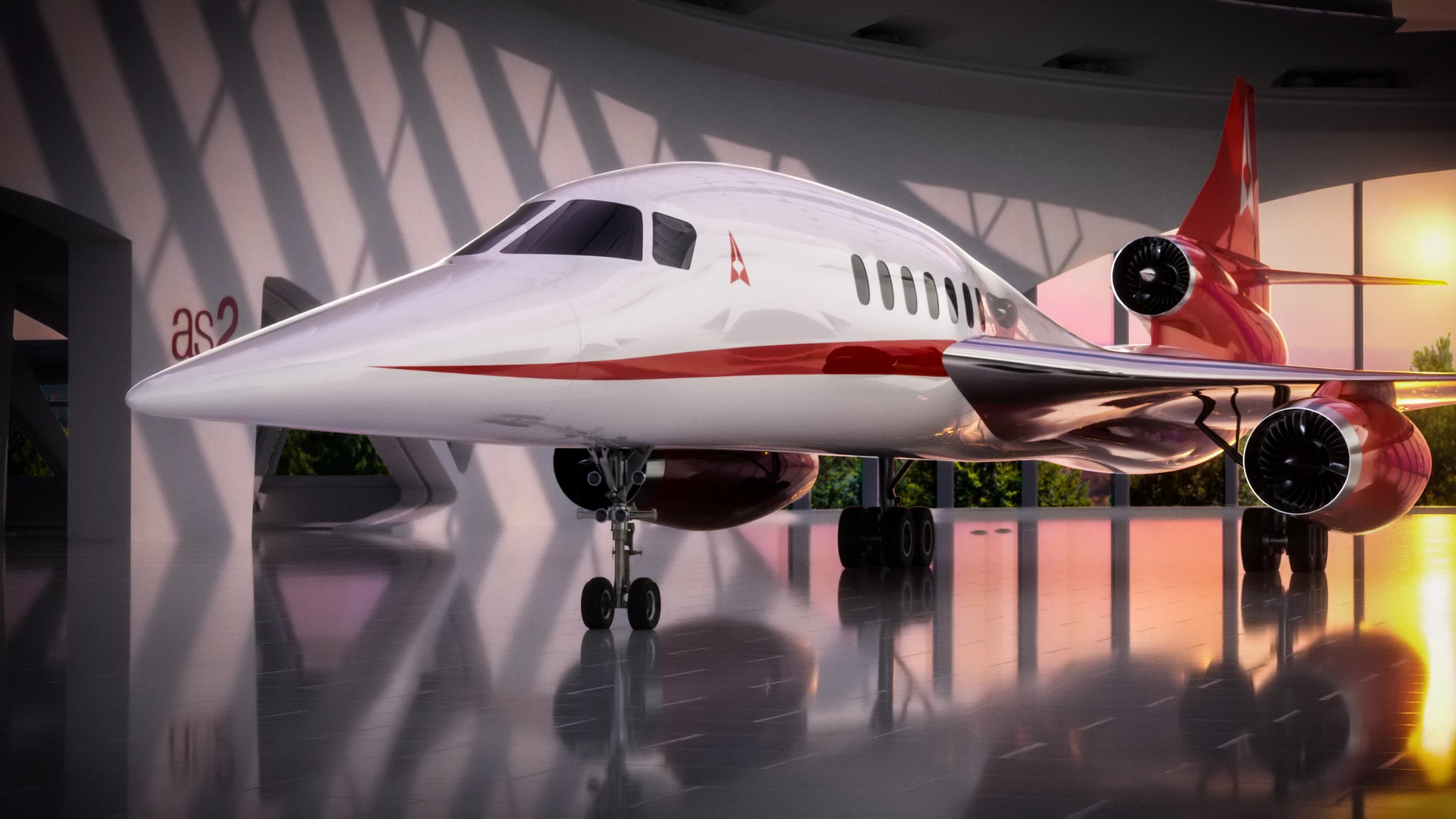Between Virgin Galactic, Boom, Spike and Aerion, a new crop of contenders are springing up to pick up where the Concorde left off, putting supersonic civilian flight back on the menu after nearly 20 years without it.
Wealth has never been so concentrated at the top of the pyramid, creating a class of multi-billionaires for whom hundred-million dollar time-saving devices actually look like a good deal, and a crop of new technologies are beginning to reach maturity that can enable civilian aircraft to break the sound barrier in freshly practical ways.
Aerion's 8-to-10-seat AS2 luxury business jet will fly at a maximum of Mach 1.4, or more than 1,070 mph (1,728 km/h). That's a touch under double the cruise speed of a 787 Dreamliner. Spike's S-512 promises Mach 1.6, Boom's Overture passenger jet claims Mach 2.2, and Virgin Galactic has promised Mach 3 with its own Rolls-Royce powered 19-seater.
Under current aviation law, these machines would only be able to go supersonic over water, and thus their main time savings would be delivered across specific routes. This may not be the case forever, as Aerion says it's developed boomless cruise capabilities that could see it flying at Mach 1.2 or so under certain conditions without the massive pressure wave of a sonic boom ever reaching the ground.
Still, moving this quick will cause these aircraft to guzzle many times more fuel than a subsonic jet, leaving them somewhat range-limited (you can forget Sydney to LA for the moment). Aerion's AS2 is projected to offer a range around 4,800 miles (7,800 km) at Mach 1.4, more than enough to get you the 3,500-odd miles (5,600-odd km) from New York to London with a couple of extra hours up your sleeve, but not enough to reach Asia from Los Angeles – to get that kind of range, you'd need to slow down. So the bulk of its time-saving capabilities, it seems, will be manifest over specific mid-distance routes primarily over water.
There's also the environmental impact to consider, and perhaps more pertinently to some potential customers, the optics of it all. Burning that much fuel to save some bigwigs a few hours is not a good look. As such, Aerion has partnered with carbon-capturing synthetic fuel developer Carbon Engineering to offer an aviation fuel that literally takes more carbon dioxide out of the air than it puts in.
It's a fascinating time watching this new gang of super-fast jets begin to take shape, even if few of us will ever set foot inside one. We had the opportunity to talk at length with Gene Holloway, Aerion's Chief Sustainability Officer and Executive VP Environment & Sustainability to discuss all these points and the technologies enabling them.
What follows is an edited transcript.
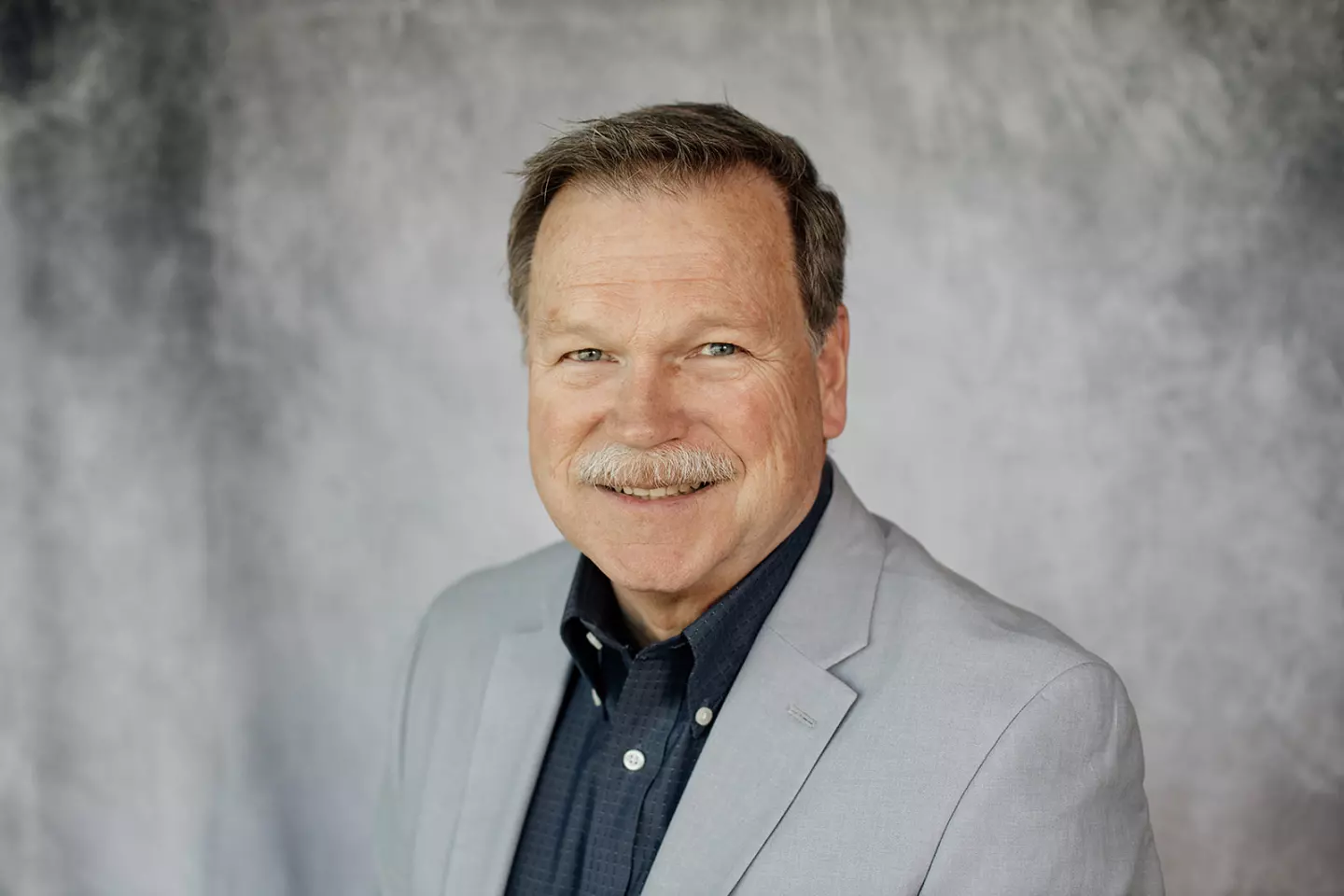
Loz: What is it about right now that seems to be making the conditions right for supersonic flight to return?
Gene Holloway: Well, there's a number of things. Aerion, for example, while we're more or less a startup, the company itself is closer to 20 years old. There's no end to paper planes, as they say, and we've seen so many designs that never make it to hardware. That's for many reasons, not the least of which is the maturity of the technologies it takes to realize the design.
Right now, I see it as almost a perfect storm. There are a number of enabling technologies reaching the level of maturity needed to actually go forward and create a product like this. The world is ready for it, we've all been dreaming about going faster for a long time. And yes, commercial airliners have improved in all sorts of ways, but speed-wise, we're flying slightly slower than we did back in the early 1960s. We've gone backwards from a speed standpoint.
So how do we get to that next milestone in terms of speed? Well, there's been plenty of planes built in the last few decades that can go Mach 2.0 or beyond, faster than the Concorde. They all happen to be military planes, but that's ok, you're learning by doing that. We didn't have to civil certify them, so that made things a little easier.
... speed-wise, we're flying slightly slower than we did back in the early 1960s. We've gone backwards from a speed standpoint.
But technologies now are beginning to coalesce. We now have a civil certifiable engine, the Affinity, developed in conjunction with GE, that's non-afterburning, but that provides the thrust and overall performance we need to be able to power a lower supersonic speed aircraft.
We've set a cruise Mach of 1.4 for the AS2, and we have an engine that can do that without having to take too big of a leap. It's that, it's materials technologies, how you make the aircraft lighter. This is not a small jet, even though it only carries 8-10 passengers on board. If you were to overlay it on a B-1 bomber, it'd be around the same size. There's reasons for that size; you'll have to carry more fuel.
Another key piece for us is something called boomless cruise; the ability to fly at low supersonic speeds over land, and yet not have the supersonic boom hit the land.
How do you achieve that?
Well, I understand you've written about submarines. Well, in all the submarine movies the guys are always trying to get down low under the inversion layers in the water so the guys in destroyers on the surface can't see them with their sonar.
And that's what that temperature inversion layer in the water does; it creates a kind of invisible barrier, and when the sonar comes down at an angle from the surface, it's reflected and refracted off that inversion layer, so it can't go through it.
When it comes to airplanes, it's the same thing, a phenomenon where as you go upward the air sometimes gets warmer instead of colder. In aviation they're called caustic layers. And as I'm flying up high above it, my sonic boom comes down, and the pressure wave at slower Mach numbers, it hits the caustic layers at such an angle so as it'll bend and refract off of that.
I can control that to a certain extent. We have two terms we use: Mach cutoff and Mach threshold. Mach threshold is the Mach number at which my sonic boom just touches the ground. If I choose to slow down a little bit, the characteristics of the pressure waves change so it's reflected up off the surface.
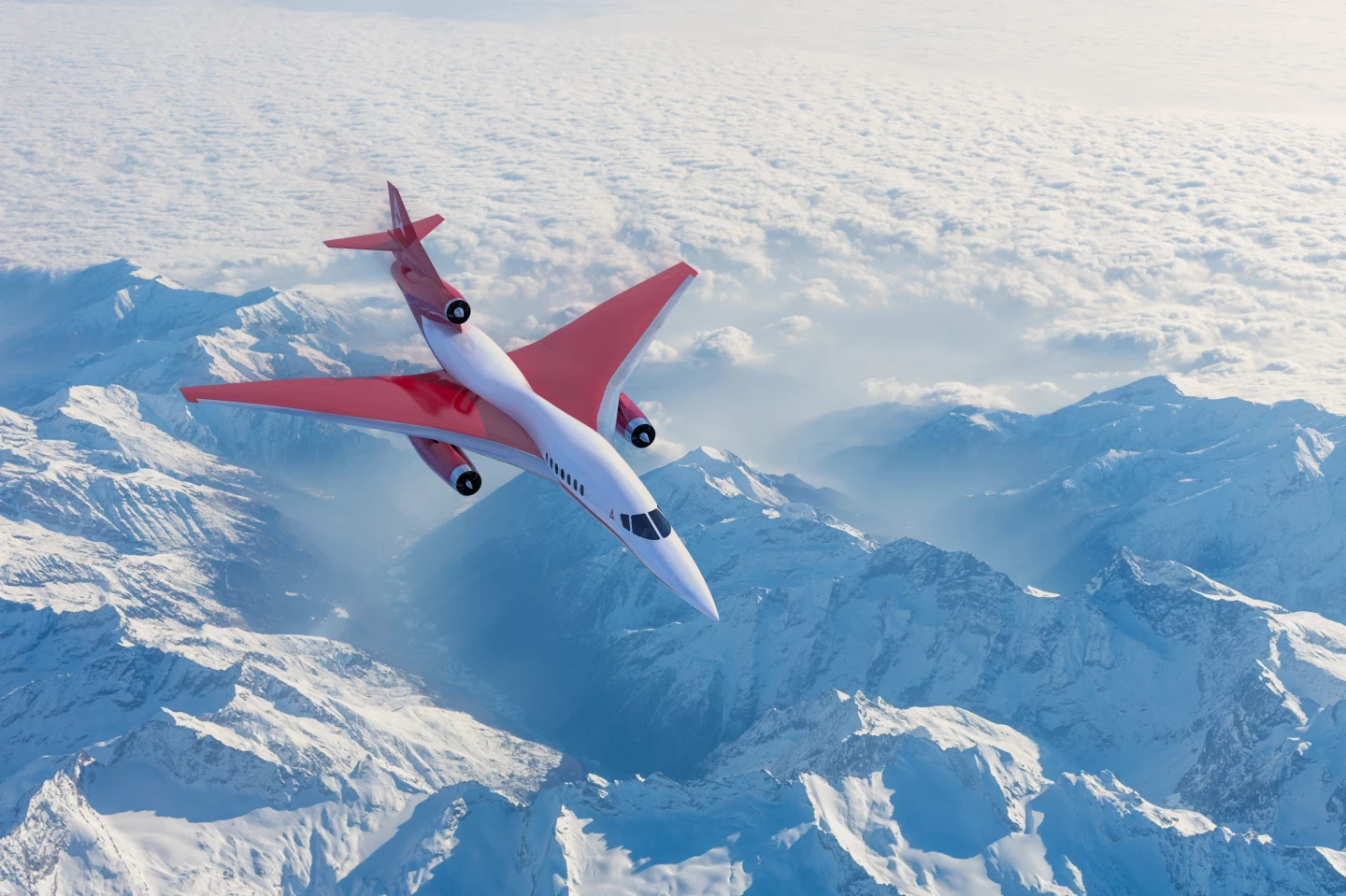
I don't have to slow down a whole lot. On a standard day, about Mach 1.2 at sea level is where that sonic boom would just be touching the surface. Things change a bit if you fly over some mountains, obviously. But if I slow from Mach 1.2 to Mach 1.15, which isn't losing a lot of speed, you raise that caustic layer about 1,000 feet off the ground, so there's no sonic boom on the ground.
Guys that use ham radio for international broadcasts are doing the same thing in some senses. They're skipping their broadcasts off these layers in the atmosphere. It works with radar, it works with sonar, and it works with sonic booms.
So it's not so much about changing the designs of the aircraft, it's just going a bit slower?
Well, we've known about this phenomenon since the late 50s, NASA and the FAA have been studying it intensively since then. It's relatively easy to calculate. But one of the key parameters that hasn't been present until recently is a really good real-time view of what's happening in the atmosphere ahead of you so you can predict what speeds you can do.
Traditionally, you needed weather balloons all over the place to give you that information. Now, we have satellite based systems that do it from space, and can give it to us in almost real time. That's just come about in the last decade or so.
So there's a number of different enabling technologies that aren't specifically related, but that are coming together at the right time for us to actually realize this.
Can I pick up on something you mentioned earlier about afterburner-free jet engines. Is that just because it adds complexity and expense?
Well yes, but an afterburner also adds a lot of noise, and it burns a tremendous amount of fuel, which doesn't bode well if you're trying to go 4,500 miles at supersonic speeds.
There's a term you may have heard around some of the military supersonic jets: supercruise. That's the ability to fly at supersonic speeds without using the afterburner. You have to have a very aerodynamically efficient airplane, to reduce the thrust required to hit those speeds. The F-22 is supercruise capable. The Concorde, strangely enough, was supercruise capable, but it needed the afterburners to get up to altitude in a timely fashion so they could supercruise.
For our airplane, we don't require afterburners in order to get up to Mach 1.4 in a timely fashion. Because of our aerodynamic efficiency and the thrust available out of our engine, we can do it without afterburners, and that gives us a lot more range at supersonic speeds. We're using less fuel, which also reduces our emissions. So less noise, less fuel, fewer emissions.
In fact, on take-off our aircraft will be about the same volume level as a 737 taking off. People are used to seeing fighter jets taking off using afterburner. It's super loud, it sounds incredible, it's the Sound of Freedom and all those kinds of things, but you don't want that going over your house every 15 minutes.
There's a lot of research that's gone into this, driven by the fact that allowable noise levels have gone down. The main generator of noise is the jet noise itself: the faster it goes, the louder it gets, and you need very high speed jets in order to get the thrust that's required to cruise the aircraft at high speeds.
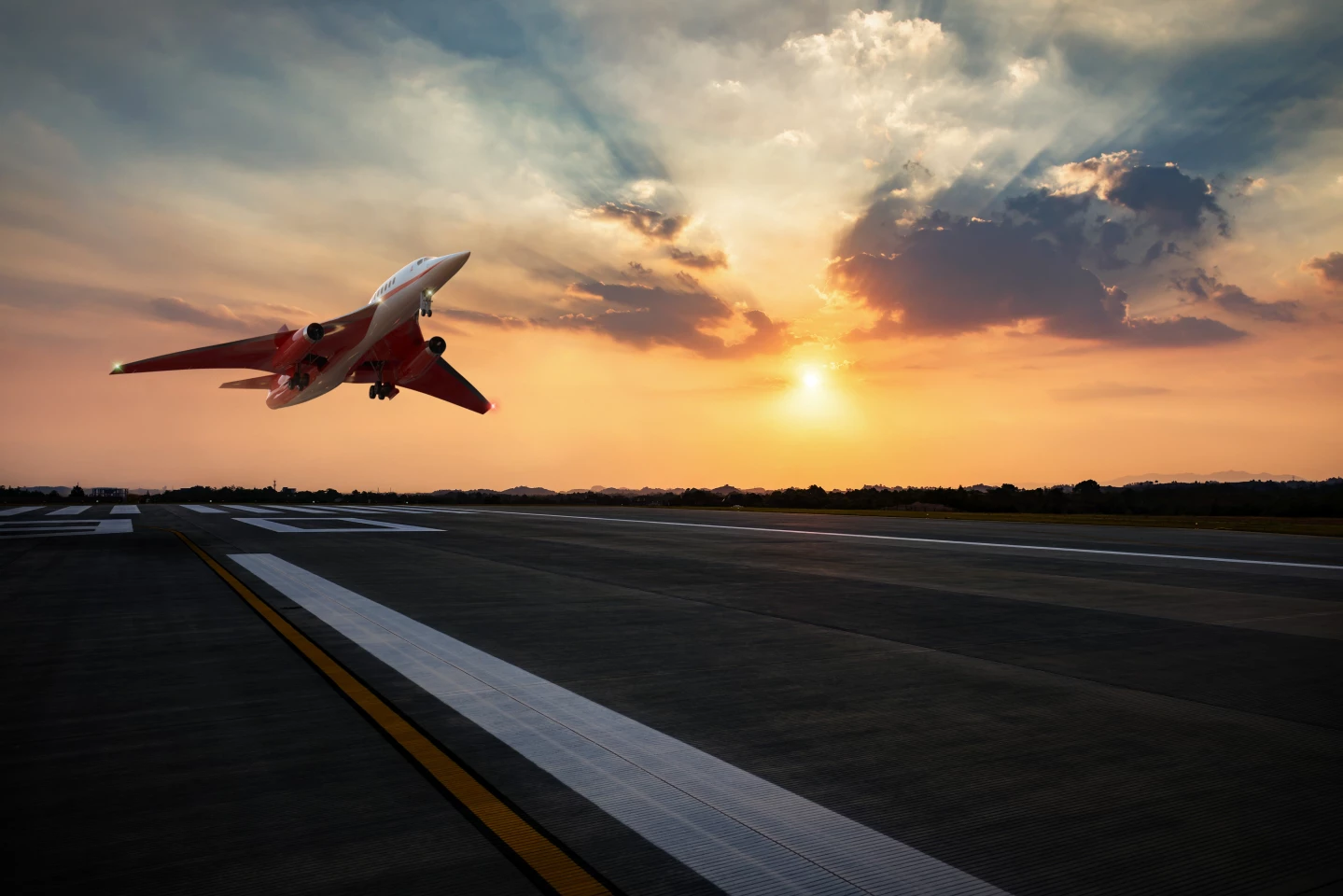
You spoke about fuel consumption; how much extra fuel does it cost you to go from subsonic to supersonic?
It depends on how much drag you produce. That depends on size, speed and whatnot. Also, you don't want to dwell around the sound barrier, it's a turbulent area to be operating in. So going through Mach 1, there's what's called a Mach rise in drag. As you go past Mach one, the coefficient of drag starts to fall off a bit – never as low as if you were going Mach 0.5, but lower than it is at Mach 1. So that's why you want to go a little bit faster.
Either way, there's no specific number for fuel cost, just because of all the variables involved. But one way to think about it is that it takes energy to move, kinetic energy. The simplest form of kinetic energy is one half the mass of the thing you're moving times the square of its speed. If I double my speed, it takes four times as much energy. Doesn't matter what speed you start from. 60 mph will cost me four times as much gas, notionally, than 30 mph, because the gas represents the stored energy.
Now it's obviously not exactly like that, there are a lot of factors left out, and there's plenty you can do to realize certain efficiencies and bring it down. But that's a general idea. Mach 1.4 might not cost us four times as much fuel as one that's flying at Mach 0.7, but we're definitely using considerably more fuel.
Hence the partnership you guys have entered into with Carbon Engineering to try to carbon-neutralize that fuel.
Yes. Absolutely. When our customers first start flying, unless something changes between now and then, you can't fly supersonic over land. Even though we know how to do boomless cruise, we won't be allowed to use that over land until it's approved by the FAA, CAA, ICAO and the rest of the aviation authorities.
So in the meantime, we've designed the aircraft to fly efficiently at a transonic cruise speed of Mach 0.95. That's still faster than anything else out there from a cruise standpoint. And if you're doing a trans-continental flight, then as soon as you're out over the ocean you can accelerate to Mach 1.4. That'll significantly reduce the times for long flights over water. New York to London, LA to Santiago, that sort of thing.
So can you talk us through roughly how this synthetic carbon-capturing fuel works?
I can give you a cocktail hour-level description! Are you familiar with swamp coolers, evaporative coolers? That's kind of what it is. Cooling pads with water running over them, with a fan to draw the air across. The evaporation of the water cools the air down, and that air cools your house.
So the mechanics of CE's fuel system is a lot like that; kind of like a giant evaporative cooler, but instead of using it to cool, you're drawing a reactive solution over the pads and drawing the air over it. The reactive solution reacts with the CO2 in the air as it flows across, and it turns that CO2 into something along the lines of a calcium carbonate material, and you're precipitating that out of the fluid as it goes through.
That material then gets processed through one of the approved synthetic fuel processing methods, in this case called Fisher-Tropsch. That material ultimately gets turned into a kind of synthetic crude. It goes through another process, through which the CO2 can be captured and turned into commercially usable gaseous CO2.
The calcium carbonate can actually be used as road base, or mulch, and you can permanently sequester the CO2 that way. And the other thing you can do is send it through another process to create carbon monoxide, and then use electrolysis to split hydrogen from water, and combine the carbon monoxide with the hydrogen to create virtually pure hydrocarbon, which becomes your synthetic crude.
And that crude goes through more or less the same refining process that fossil crude goes through, to create either jet fuel or light diesel. So you're taking CO2 directly from the air, and turning it into fuel for an airplane to go and fly again. You're pulling out more than what you put into the atmosphere per flight.
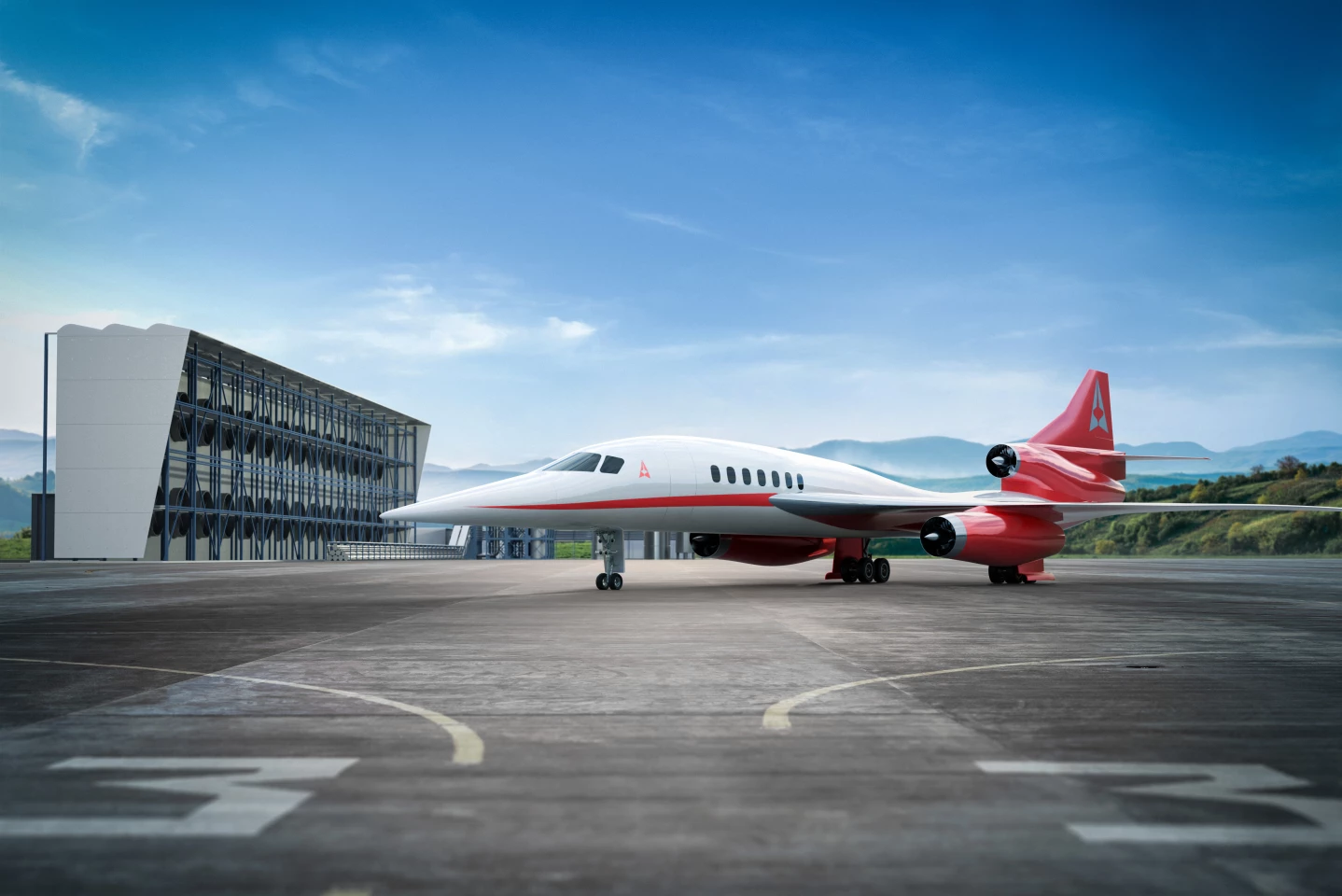
So you've got a deal with these guys, how does it work? You'll be using this for testing? Will customers be obliged to use it?
Well, the customers won't be obliged to use it. The airplane is designed to fly readily on petroleum fuel or synthetic fuel.
We'd prefer synthetic fuel, for multiple reasons. One of course is the lower lifecycle carbon emissions. But it also has a higher energy content than regular Jet-A, so you can get a bit more performance out of it. It burns incredibly cleaner, because it doesn't create the smoke and soot you get with petroleum-based fuels, so your engine maintenance will be reduced, your engine life span is likely to be higher, because it's burning cleaner.
The fuel is currently more expensive than petroleum-based fuel. Let's say, in totally made-up numbers here, that regular Jet-A costs $5 a gallon. There are some synthetic fuels out there right now that might cost you $6 a gallon. Some of the ones using municipal solid waste, for example. That's a pretty inexpensive way to convert waste into fuel. Then you have the biofuels, using oil seeds, cellulose fibers, sugar cane, there's a whole lot of different feedstocks, and each of those cost more than the municipal solid waste ones.
So you'll see a range anywhere from maybe 50 percent more to three times as much. Let's not forget though, that the fuel we have right now, in most of the world, is being subsidized by local governments. These subsidies have been in place for decades to reduce the cost of moving you from A to B. Those aren't in place yet for synthetic fuels. But once governments begin to include synthetics in their policy making, the price of production will come down. And of course there's production levels, demand will also bring the cost down.
On that spectrum of price, where does the CE stuff sit at the moment?
I don't wanna guess, it's hard to take a number back. The target is to have it on the lower end of that spectrum. But the other part to understand is that we're developing this for a market that's much less price sensitive.
Most of the high technologies we take for granted today, take the cell phone for example. Back in the 1980s that was something a rich guy had in the back of his car. They were the only ones that could afford it. But they created the market that led to our cell phones today, some of which are virtually disposable.
Same with air travel. Think back to the 20s and 30s, it was not an industry for the masses, it was for the wealthy. But as they began to use it more frequently, the cost began to come down, and after WW2, when a bunch of old military transports became available, the prices came way down.
So for those early markets, the price isn't as much of an issue. In this case, it's time savings that's important to them. So our long-term strategic objectives are to build larger passenger jets, moving towards making it eventually something that becomes more mainstream.
But it takes time and investment to do that, and right now, this is the appropriate entry point.
So this CE fuel, it's ideal to run the plane on this for all the reasons you've mentioned. Will it be available everywhere? Is it easy to get hold of?
Well, it's not now; it's an emerging technology. There are a couple of different companies out there looking at direct air capture technologies to produce fuels. In Switzerland, Climeworks is using a slightly different form of the same process. CE is approaching it from a permanent carbon sequestration process as well as to make fuel.
For us, it's not about the added performance for the jet. There is some, and we're interested in that, but it's more to do with the environmental side. If I'm flying one of our jets around, and it's not putting any more carbon out, then I'm carbon neutral at a minimum.
That's a significant plus. And if you started doing it for all the air transportation out there, then now you've got zero growth on the emissions. Our objective is to do what we can to encourage the growth of the market. To make it more available in the longer term for the broader market, which will eventually bring the price down for everyone.
But we're absolutely committed to minimizing our impact on the environment. It's this whole concept of looking at the total life cycle of the vehicle, starting with how we build it. How green were the buildings we had our engineers and designers in? We're in the wonderful position of having a green site, vacant land down in Melbourne, Florida, and we can build our new home in a way that is also carbon neutral. So we minimize the footprint of the aircraft before it even gets in the air.
And then once you're operational, we look at these synthetic fuels. And if you use the maximum allowable at the moment, a 50/50 blend, even at that level, you're able to reduce the life cycle emissions of your jet by as much as 80 percent. These kinds of things are of equal importance to us as designing and building the jet.
Do you think the customers will run with it?
Think about last Summer, and the Google debacle in Southern Italy. Google sponsored a week long get-together for all these luminaries from around the world to get together and talk about climate change. And they all arrived in 142 business jets, or in their billion dollar yachts, and drove around in huge SUVs. It wasn't a real good PR success for them.
They're sensitive to it. The majority of our customers have expressed strong interest in being able to use these fuels. A lot of them are genuinely interested in not harming the environment any more than is absolutely necessary. And a majority certainly don't want to face accusations of burning ridiculous amounts of petroleum fuel.
Haha! You'll need a big sticker on the bottom of the wings, saying "hey! I filled up with the good stuff this time!" Let's talk about the AS2 itself. Very sexy plane!
A head turner, for sure.

Where are you guys at in terms of testing, certification, that kind of stuff?
Right now, we're looking at starting manufacturing in about three years, with a first flight about two years after that, 2025ish. Then about 18-24 months of flight testing, and late 2027ish for entry into service.
We're not some fly-by-night startup. We have a great leadership team, we have over 150 full-time Aerion employees, and maybe another 150 or more folks with our teammates and partners out there working on this program. It's a significant design team, all of us working remotely. We signed an MoA with Spirit today, an indication of the confidence the rest of our industry has in what we're doing.
Between Spirit, and Boeing, and GE and Safran and Collins and half a dozen others, this is a world class team. A serious and experienced team. At the leadership end, we're very experienced at building high performance airpanes, and experienced at building business jets. It's a good mix. We bring a diversity of thought to the challenges, from the guys for whom supersonic is no big deal at all, to the others who say "well you didn't have to certify those military jets." We've got people who've been through it, we're not meeting these challenges for the first time.
Do you have a sense of the price of the jet?
Right now we're expecting the base price of the jet to be around 120 million. I believe a new G650 is in the range of 75 million or so, so it's considerably more. And then the customers will do what they want in terms of customizing.
But it's a different class of jet. We're not trying to replace the G650 and the Global Express and those jets. This is that next level, a whole new class of travel. So from that standpoint, it's a different situation. And in terms of the size of the jet itself, it's a bigger jet. The speed adds levels of complexity that aren't there with the others.
So we think the price is reasonable, and the interest we've had, and our current backlog, are strong indications that our market believes that it's priced right.
We thank Gene Holloway and the Aerion team for their time.
Source: Aerion Supersonic
